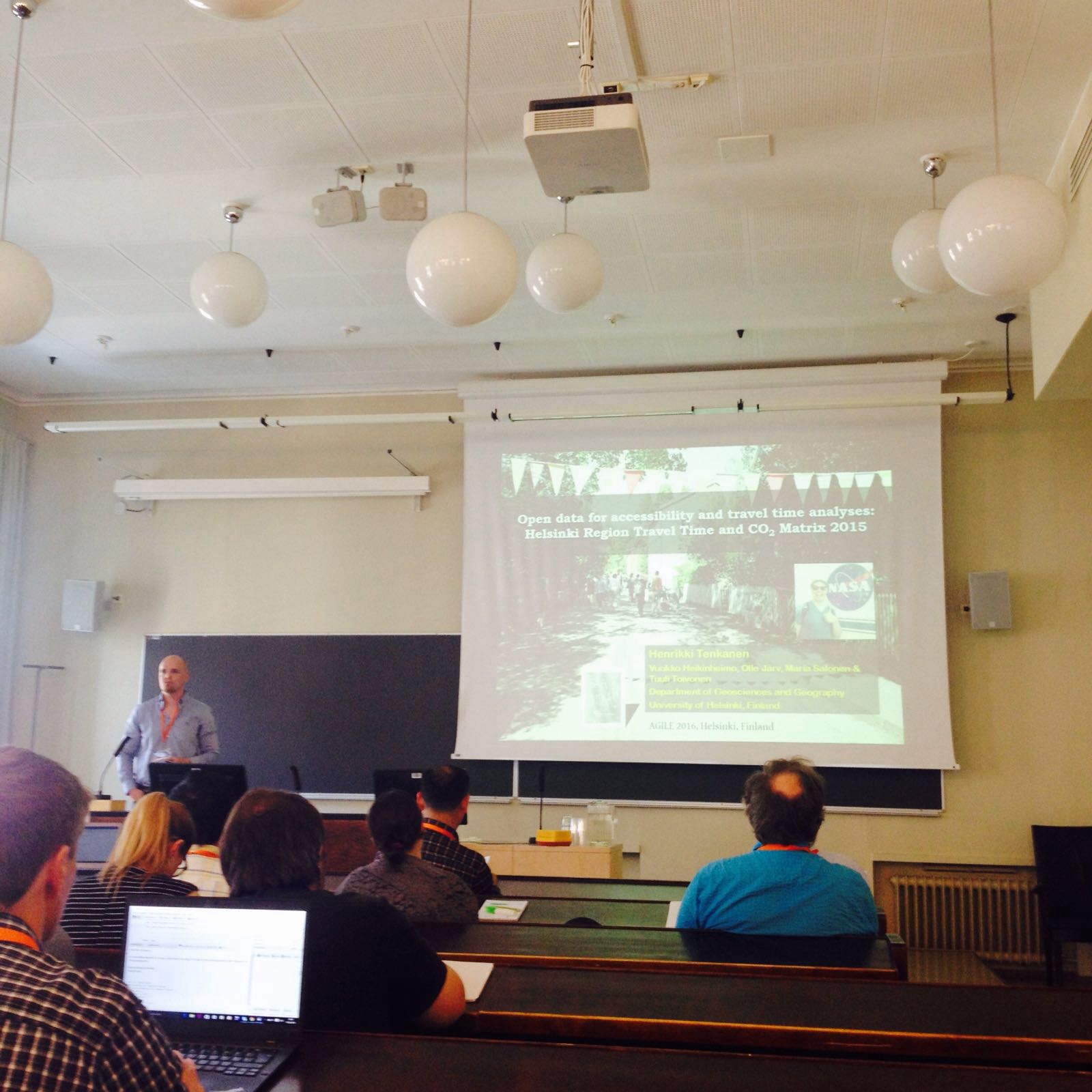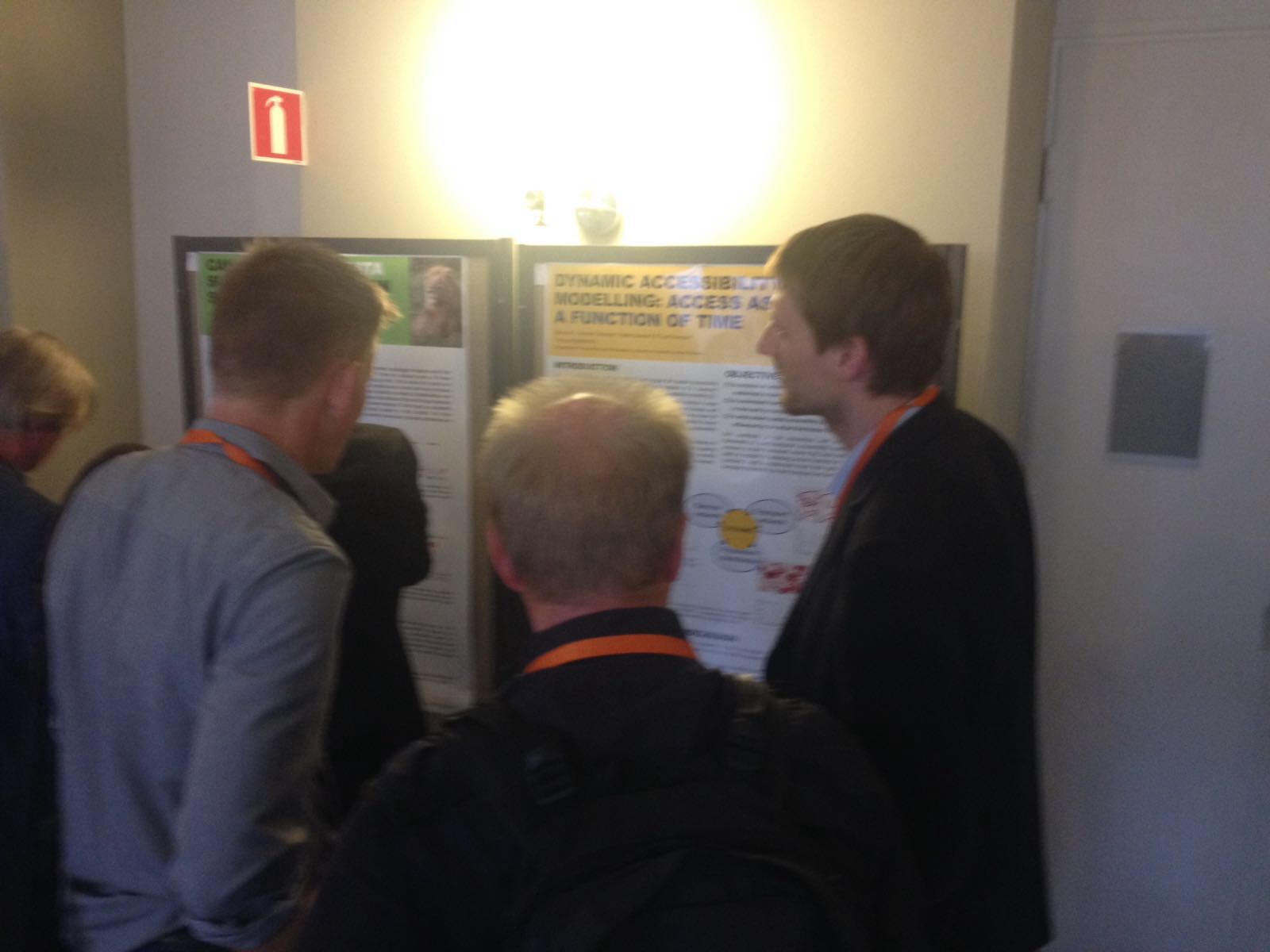In our new article “Health research needs more comprehensive accessibility measures: integrating time and transport modes from open data” we discuss and demonstrate why and how both temporality and multimodality should be integrated in health related studies that include accessibility perspective. We provide evidence regarding the importance of using multimodal spatio-temporal accessibility measures when conducting research in urban contexts. In our case, we study the healthy food accessibility in Helsinki metropolitan area.
Our results show that both time and mode of transport have a prominent impact on the outcome of the analyses; thus, understanding the realities of accessibility in a city may be very different according to the setting of the analysis used. Neglecting time and (multiple) transport modes from spatial analyses may lead to overly simplified or even erroneous images of the realities of accessibility. Hence, there is a risk that health related planning and decisions based on simplistic accessibility measures might cause unwanted outcomes in terms of inequality among different groups of people.
Article is open access and it was published in International Journal of Health Geographics. Read the full article here:
http://ij-healthgeographics.biomedcentral.com/articles/10.1186/s12942-016-0052-x



